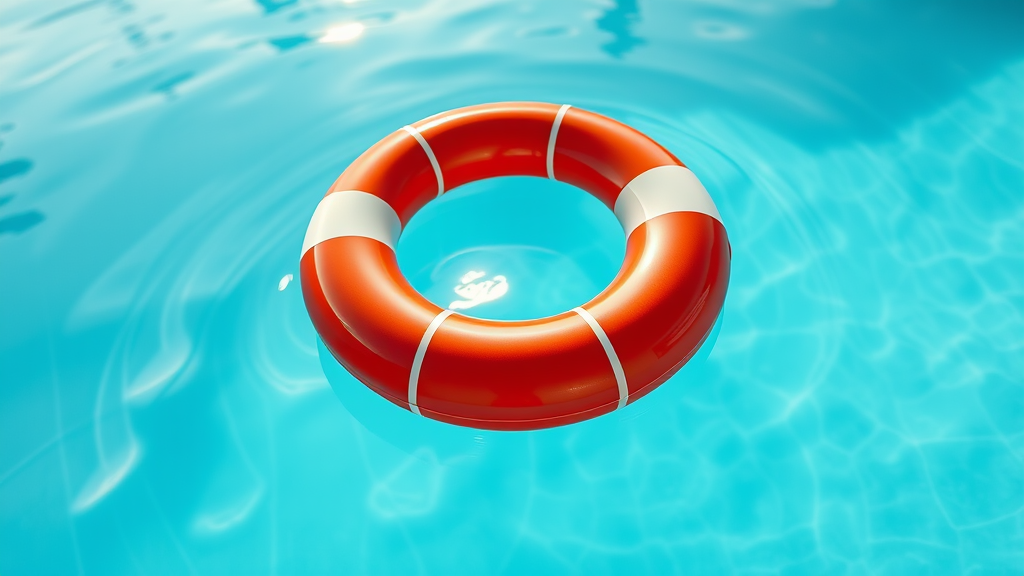How to file bankruptcy on credit cards?
file bankruptcy on credit cards, how to file bankruptcy on credit cards, Ontario
Filing for credit card bankruptcy in Canada starts with a chat with a Licensed Insolvency Trustee (LIT), who will assess your situation and help with paperwork. Be aware that not all trustees are trustworthy. Your debts might be wiped clean in 9-21 months, but your credit score will take a hit. Consider alternatives like debt consolidation. Reach out via phone, text, or live chat if you have questions.

Consult a Licensed Insolvency Trustee for credit card bankruptcy.
File Bankruptcy On Credit Cards Question
How to file bankruptcy on credit cards?
I’m wondering how the bankruptcy process specifically handles credit card debt and what I need to do.
From: Anonymous Question
Location: Clarington, Ontario (ON)
Category: personal bankruptcy
File Bankruptcy On Credit Cards Answer
To start the process of filing for bankruptcy on credit card debt in Canada, the first step is to chat with a Licensed Insolvency Trustee (LIT). They’ll take a good look at your financial situation by going over your income and expenses. If bankruptcy seems like the way to go, they’ll help you fill out the necessary paperwork for the Office of the Superintendent of Bankruptcy. This kicks off the official process, including a meeting with your creditors and, yes, handing over all your credit cards. It’s important to do your homework and pick a trustee you can trust.
Once everything’s filed, you’ll be expected to attend some mandatory financial counseling sessions. After you’ve met all your obligations, most of your debts will typically be wiped clean, usually within 9 to 21 months, although some like child support might stick around. Keep in mind, diving into bankruptcy will make quite a splash on your credit score—it’s going to hang around on your report for about six years. It’s worth checking out other options like debt consolidation or consumer proposals if you want to explore different avenues. If you have any questions, just reach out by phone, text, or live chat—we’re here to help!
From: Insider Scott
High cost of gas, high cost of groceries, high lending rates, low salary - being in debt is not your fault! See if you qualify for government debt programs and get out of debt today!Elimiate up to 80% of Your Debt
Office of the Superintendent of Bankruptcy (OSB) Answer
To file bankruptcy on credit cards in Canada, you must follow several steps outlined in the Bankruptcy and Insolvency Act. First, assess your financial situation to determine if bankruptcy is the right option for you. You must list all your debts, including credit card debts, in your bankruptcy application (Section 13 of the Act).
Once you decide to proceed, you will file a bankruptcy application with a Licensed Insolvency Trustee (LIT), who will assist you through the process. The LIT will take charge of your assets and liabilities and prepare the necessary documents.
After filing, your credit card debts will be included in the bankruptcy process. You are protected from creditor actions, including collection calls and lawsuits, under the protection of the stay of proceedings (Section 69 of the Act).
Ultimately, once the bankruptcy process is complete, most unsecured debts, including credit card debt, will be discharged, relieving you from the obligation to repay them. Make sure to follow the process as outlined in the Bankruptcy and Insolvency Act and regulations.
From: OSB Helper
Related Questions to How To File Bankruptcy On Credit Cards
Here are the top 5 most frequently asked questions related to filing bankruptcy on credit cards in Canada, along with brief answers:
1. What are the steps to file for personal bankruptcy?
To file for personal bankruptcy, you need to find a Licensed Insolvency Trustee, provide financial documents, file the necessary forms, attend a meeting of creditors, and complete mandatory counselling sessions[1].
2. Does bankruptcy clear all credit card debt?
Bankruptcy can wipe out most forms of unsecured debt, including credit card debt, but it does not clear secured debts or certain other obligations like alimony or child support[3].
3. How long does the bankruptcy process take?
The bankruptcy process typically takes 9 to 21 months, after which you will be discharged from bankruptcy if all requirements are met[3].
4. What happens to my assets during bankruptcy?
During bankruptcy, your Licensed Insolvency Trustee will take possession of your allowable assets, liquidate them, and distribute the money to your creditors[1].
5. How does bankruptcy affect my credit score?
Bankruptcy significantly impacts your credit score, making it difficult to obtain credit for 6 years after the bankruptcy is discharged, as the notation of bankruptcy remains on your credit report for this period[3].
If you have a question about debt see our debt questions or ask your own debt related question.
References
| Title, Source |
|---|
| Bankruptcy in Canada, Government of Canada |
| Understanding Bankruptcy, Canadian Bankruptcy Trustee |
| Licensed Insolvency Trustees, Office of the Superintendent of Bankruptcy |
| Bankruptcy and Insolvency Act (R.S.C., 1985, c. B-3), Government of Canada |
Table of article references
Eliminate up to 80% of Your Debt
High cost of gas, high cost of groceries, high lending rates, low salary - being in debt is not your fault! See if you qualify for government debt programs and get out of debt today!